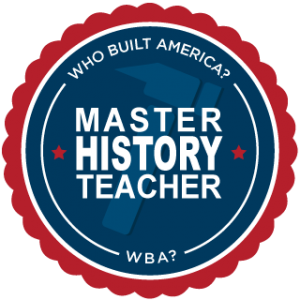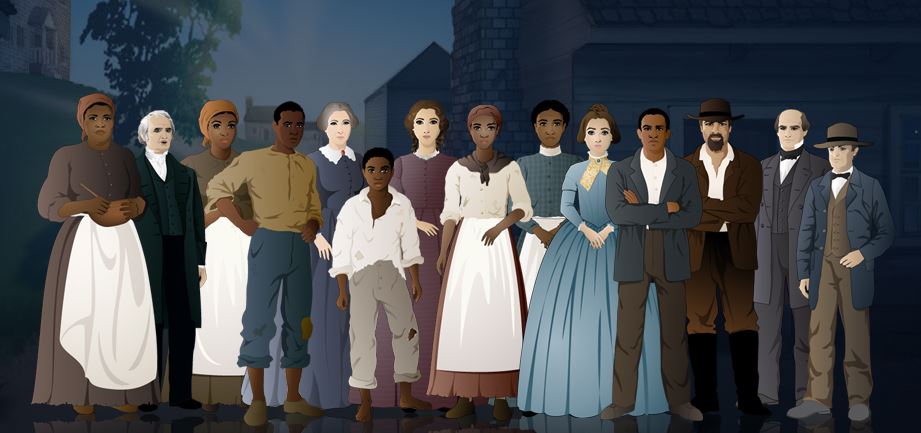March 2012
Badges!
 We’re pleased to announce that ASHP/CML is one of the winners of the 4th Digital Media and Learning Competition, held in collaboration with Mozilla, supported by the John D. and Catherine T. MacArthur Foundation, and administered by HASTAC (Humanities, Arts, Science, and Technology Advanced Collaboratory). This year’s competition focused on Badges for Lifelong Learning, and it awarded grants of up to $175,000 to projects designed to build digital badge systems that can help people learn new skills and demonstrate them to unlock job, educational, and civic opportunities.
We’re pleased to announce that ASHP/CML is one of the winners of the 4th Digital Media and Learning Competition, held in collaboration with Mozilla, supported by the John D. and Catherine T. MacArthur Foundation, and administered by HASTAC (Humanities, Arts, Science, and Technology Advanced Collaboratory). This year’s competition focused on Badges for Lifelong Learning, and it awarded grants of up to $175,000 to projects designed to build digital badge systems that can help people learn new skills and demonstrate them to unlock job, educational, and civic opportunities.
Our project, Who Built America? Badges for Teaching Disciplinary Literacy in History, beat out 14 other finalists in the Teacher Mastery & Feedback division, which was supported by the Bill & Melinda Gates Foundation. Working with Electric Funstuff (developer of the Mission US online game—see below) and the Education Development Center (our longtime evaluation partners), the project takes ASHP/CML’s proven professional development methods and uses an online badge-earning system to build professional learning communities and promote social history and inquiry-based teaching methods. It also helps history teachers design instructional materials that will help their students meet the demands of the Common Core Standards.
Flight to Freedom Now Live: mission-us.org
Flight to Freedom is the second installment of Mission US, an interactive project that immerses players in U.S. history through free, role-playing games and for which ASHP/CML is the lead content developer. Mission US is produced by New York public television station WNET/THIRTEEN, developed by Electric Funstuff, and funded by the Corporation for Public Broadcasting (CPB) with additional support from the National Endowment for the Humanities.
In Flight to Freedom players take on the fictional role of Lucy King, a 14-year old enslaved girl on a Kentucky plantation in 1848. After escaping to Ohio, Lucy discovers that life in the North is fraught with difficulties and dangers that dramatically increase after the passage of the Fugitive Slave Law. The choices that players make throughout the game determine Lucy’s ultimate fate—for instance, Lucy can be re-enslaved “down river” to work on a cotton plantation or become a conductor for the Underground Railroad who helps other freedom seekers escape to Canada.

As students play Flight to Freedom, they build knowledge of the history of slavery and the abolitionist movement. Their understanding and critical perception of the historical context can deepen through the accompanying curriculum of activities and by examining a robust collection of primary sources such as maps, posters, runaway ads, slave narratives. Students also interact with the game’s embedded “Smartwords” to build vocabulary and historical literacy skills. The game is designed to work in classroom settings, with each part playable in 20 to 30 minutes, as well as for students to play on their own.
In 2011, the Education Development Center (EDC) completed a major research study examining the use of Mission US by 1,118 seventh and eighth grade students in 50 schools across the country. The study found measurable gains in students’ historical knowledge and skills, and yielded positive feedback from teachers. A summary of the study’s key findings is available here.
Since launching in late January 2012, Flight to Freedom has attracted more than 12,000 players and earned strongly positive reviews in USA Today, Common Sense Media, and Kotaku.
ASHP/CML has begun introducing Flight to Freedom to local teachers in our Teaching American History seminars. The game is designed primarily for students in grades 5-8, but we encourage students of all ages to play the game (and share your thoughts with us).
ASHP/CML and the Common Core Standards
Adopted by 40 states, including New York, the Common Core Standards for education are designed to insure that students master the high level reading, writing, and thinking skills they need for college and career readiness. ASHP/CML has been asked by the New York City Department of Education to develop and test classroom materials that will help social studies teachers integrate the Common Core Standards into their teaching. Using materials from our HERB: Social History for Every Classroom, we have developed two units that contain a sequence of lessons and a final performance task that aligns with selected Common Core Standards. Teachers in our Teaching American History professional development programs are testing these units in their classrooms this month and will collect samples of the resulting student work, which we will analyze in order to refine the lessons.
Civil War Photography Public Program Now On-line
“Is There Anything More to See? Civil War Photography and History,” the third in a series of public programs sponsored by ASHP/CML marking the 150th anniversary of the start of the American Civil War, is now available online. The event took place at the City University Graduate Center last November and featured leading scholars of the war and photography, including Anthony Lee (Mount Holyoke College), Mary Niall Mitchell (University of New Orleans), Martha Sandweiss (Princeton University), and Deborah Willis (Tisch School of the Arts, New York University). The speakers discussed the persistence of photography’s influence over the vision of the Civil War, and some of the critical historical questions the medium’s record of the war addresses, distorts, and ignores. The program is can be downloaded as podcasts.
